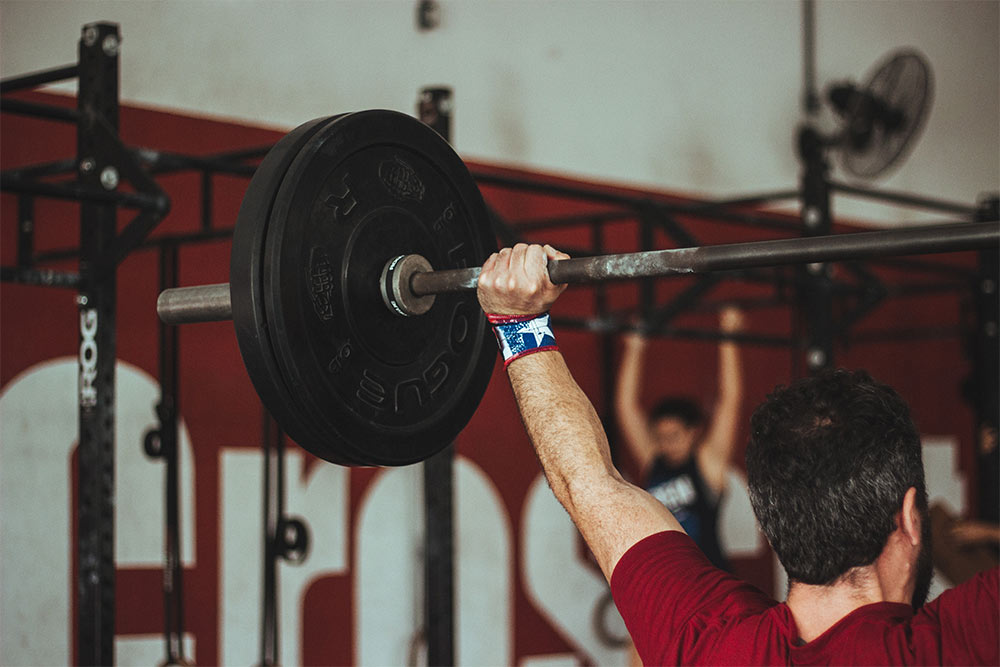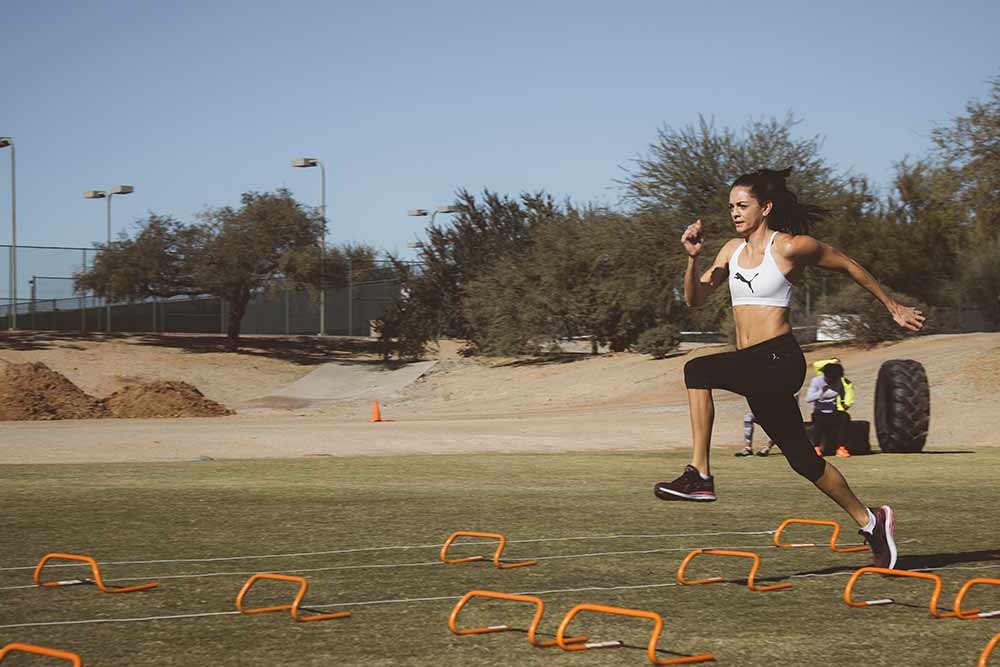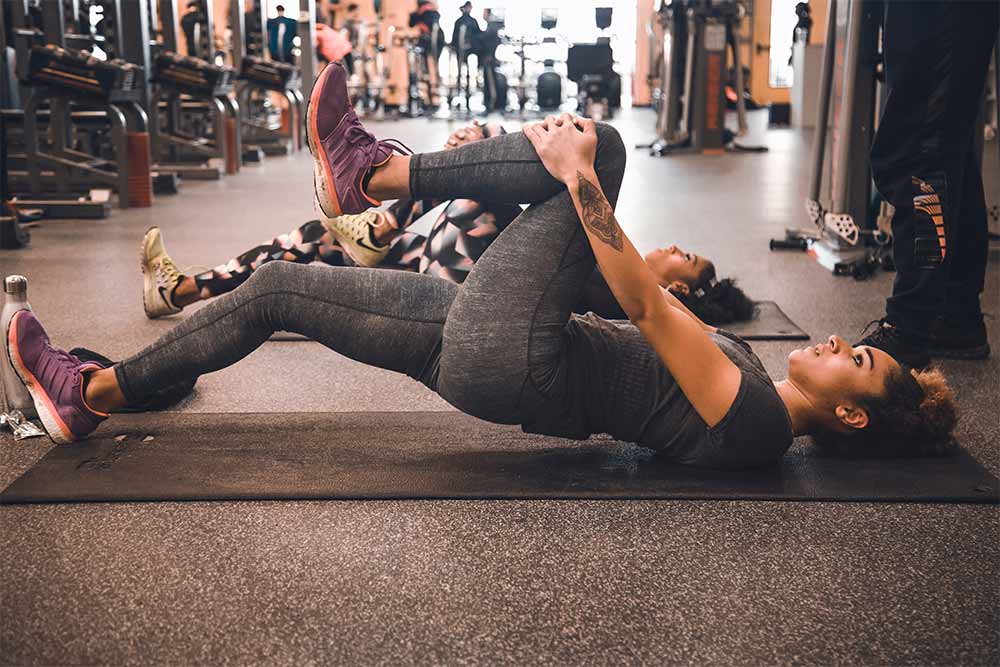Does Low Blood Flow Restrict Resistance Training Load?

A Review by Alyssa Bialowas
It has been suggested that muscle size and strength gain from low-load resistance training with a low blood flow restriction is comparable to the results induced by traditional moderate-to-high-load training. If this is true, it could be beneficial for populations such as the elderly and those with osteoporosis, who are encouraged to avoid lifting heavy weights.
Although it has been found that low-load blood flow restricted training effects muscle size and strength, it’s not fully understood why, and there’s no common consensus on the implementation of blood flow restriction exercise. Understanding how mechanisms like twitch torque and rate of torque development and relaxation, change after low-resistance and traditional resistance training is needed to describe the effects of muscular function.
This study by Cook S.B. et al (2018), aims to discover whether muscle strength and cross-sectional area would increase in both types of training and hypothesized that central neuromuscular adaptations would be more prominent in the high load training program.
Related Article: Don’t Resist Resistance Training
The Study
 There were 18 healthy, untrained men and women between the ages of 18 to 22 who participated in this study. All participants were randomized to one of three training groups: moderate load group; blood flow restriction group; and a control group that didn’t exercise.
There were 18 healthy, untrained men and women between the ages of 18 to 22 who participated in this study. All participants were randomized to one of three training groups: moderate load group; blood flow restriction group; and a control group that didn’t exercise.
The study lasted 8 weeks and pre- and post-training measurements were collected one week prior to and following 6 weeks of resistance training. At each training session, participants completed 3 sets of bilateral leg extension and leg press in random order with 30 seconds of rest between sets and 180 seconds between exercises.
Participants in the moderate load group trained with a load of 70% of 1 repetition maximum for 2 sets of 10 repetitions before performing the third set to failure. Participants in the blood flow restriction group performed 2 sets of 25 repetitions and a third set to failure using 20% of 1 repetition maximum. Failure was defined as the inability to maintain the specified rate of contractions or inability to maintain full range of motion for two consecutive contractions.
Related Article: HIIT Responses In Endurance & Sprint Athletes
The Results
Isometric torque, leg extension of 1 repetition maximum, central activation, electrically evoked torque, and muscle volume of the knee extensors were obtained before and after training. Isometric peak torque did not change following training. Leg extension of 1 repetition maximum improved in the moderate load and blood flow restriction groups compared to the control group. Muscle volume increased in the moderate load and blood flow restriction groups, with no change in the control group. There were no changes in central activation and evoked torque in any groups following the training.
Takeaway
Moderate load training appears to be more powerful and efficient for an increase in muscular size and strength, although effects were evident in both moderate load and blood flow restriction resistance training programs. This means elderly and clinical populations who cannot tolerate the mechanical strain of lifting heavy load could benefit from low-load resistance training with blood flow restriction.
Related Article: Can Resistance Training Build Brain & Brawn
You Might Like:
The Science of Temperature Therapy
Temperature therapy (also known as “thermal therapy” or “thermotherapy”) involves the use of heat or cold to improve health and function. Interestingly, thermotherapy has been around for centuries, with ancient cultures regularly using hot springs,...The Predictors of Longevity You Need to Care About
Living a long and healthy life is a universal aspiration, and with the publication of Peter Aittia’s new book “Outlive”, it has never been a bigger focus. With this has come the realisation that, while...How Overtraining and Undertraining Impacts Hormonal Health
While maintaining a healthy hormonal balance is essential for overall health and wellbeing, it is an often-overlooked component of women’s health. Hormones play a vital role in regulating various bodily functions, including metabolism, energy, mood,...12 days of Fitness: 12 Holiday workouts to crush this Christmas
The holiday period is a time for friends, food, and family. With this in mind, it should be a time of guilt-free fun. However, that doesn’t mean you have to neglect your fitness entirely over...Upper Body Strength in Post-Menopausal Women
Menopause is a unique time in the human life, and with it comes a myriad of changes that can have wide reaching health implications. However, over the last 20 years we have seen a strong...Exercise After Menopause: What You Need To Know
Menopause is one of the most significant events in a woman’s life, and with it comes several changes that can affect function. Moreover, the post-menopausal period comes with many health considerations that can have a...References
Cook, S.B., Scott, B.R., Hayes, K.L., and Murphy, B.G. (2018). “Neuromuscular Adaptations to Low-Load Blood Flow Restricted Resistance Training.” Journal of Sports Science and Medicine, 17, 66-73.
















